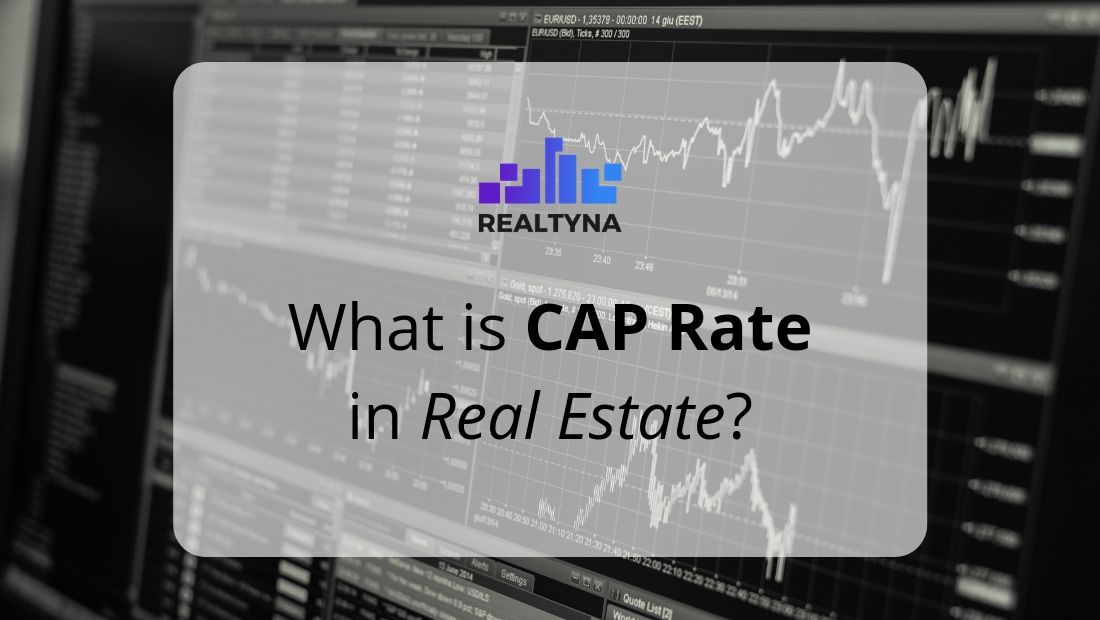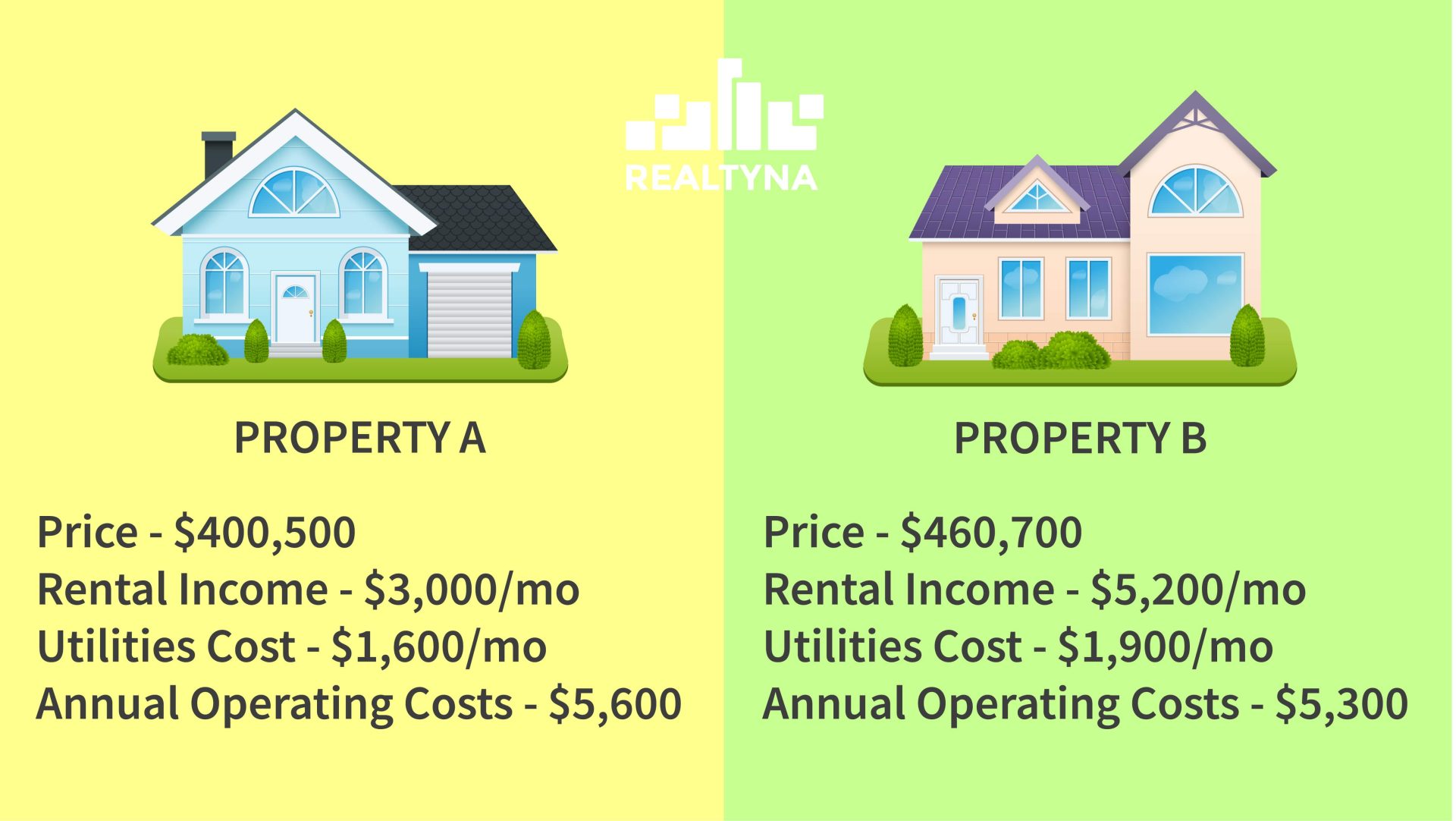
What is CAP Rate in Real Estate?
CAP, or Capitalization Rate is one of the most widespread measures through which real estate properties are assessed in terms of their profitability and ROI (Return on Investment). Investors tend to look at this number when it comes to making the financial decision and comparing several investment opportunities in order to maximize returns.
The higher the cap rate the better (for investors) and here is why:
REAL LIFE EXAMPLE
Assume you have the following numbers for property A and property B. You are an investor and want to make a decision as to which of these two properties would be more feasible for you to invest in.
There is such a thing called opportunity cost. This term is widely used in economics and simply put, it says that every investment has its cost associated with choosing that investment option, because when one alternative is chosen there is loss of other alternatives. Think of it as a sacrifice investors are willing to make by choosing one alternative over another.
So in this case, if an investor chooses to invest in property A, then the lost alternative, aka sacrifice would be the possibility to invest in property B, in other words, the opportunity cost can be considered as future possible return from property B investment.
Now let’s get back to the real life example.
You’ve got two options. Either you invest in property A or you go ahead and choose to invest in property B. And you know for sure the following numbers are true:

1) First we have to calculate NOI (Net Operating Income) for each property.
NOI(A) =(3,000*12)-(1,600*12)-5,600=36,000-19,200-5,600=11,200 ($)
NOI(B) =(5,200*12)-(1,900*12)-5,300=62,400-22,800-5,300=34,300 ($)
2) Then once we know NOI we can go ahead and calculate CAP rate with the following formula:
CAP = NOI / Price
CAP(A) =11,200 / 400,500 = 2.79%
CAP(B) =34,300 / 460,700 = 7.44%
3) Now we have to compare those two CAP rates and we’ll see that property B is a better investment than property A.
Such evaluation helps investors look at these investment opportunities on a more apples-to-apples basis, therefore, the two options can be compared. Of course the same goes for three, four and more options available.
FACTORS INFLUENCING CAP RATES
Take a different look at CAP rate by thinking about it as a return in percentage that investors require to compensate them for undertaking risks associated with investing in a certain property AND for the rest of the investment opportunities (can be T-bills, bonds, stocks, options or any other financial assets) that they’d be missing out on.
And in that sense, economic growth, interest rates, opportunity cost, etc. can contribute to changes to CAP rates.
As you can see, CAP rate plays quite a big part in real estate economics. If you’re interested in real estate economics or in economics in general, we advise you to read How Does the Real Estate Market Work? and What Factors Influence Home Value?
BOTTOM LINE
Now you know how to calculate and use CAP rates. However, remember that while CAP rates might be a good approximation for evaluating returns on properties, it should not be used stand alone, because it does not take into consideration the time value of money, leverage, etc. However, it still is a good approximation for the cases similar to the one discussed above.


Dave
Posted at 23:48h, 25 AugustYour math is off in example A: NOI(A) =(3,000*12)-(1,600*12)-5,600=36,000-19,200-5,600=31,200 ($)
This should be $11,200, for a CAP of 11,200/400,500=2.79%
Property B is the better investment, with a CAP of 7.44%
NOI(B) =(5,200*12)-(1,900*12)-5,300=62,400-22,800-5,300=34,300 ($)
Elena
Posted at 08:32h, 27 AugustYou’re right! Thanks for the comment. We’ll get the numbers updated 🙂